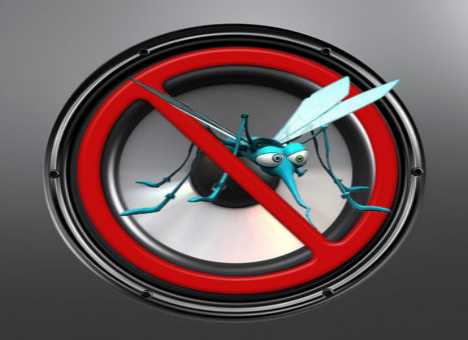Mosquitoes have been extending their range, bringing dangerous diseases with them. Here’s how to put the bite on the biters before they put the bite on YOU!
Mosquitofish
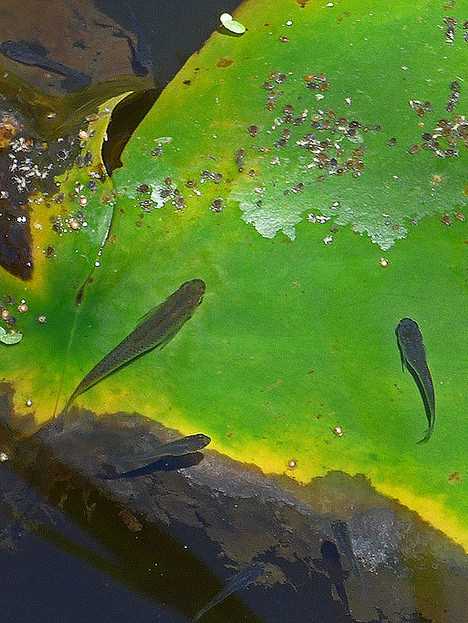
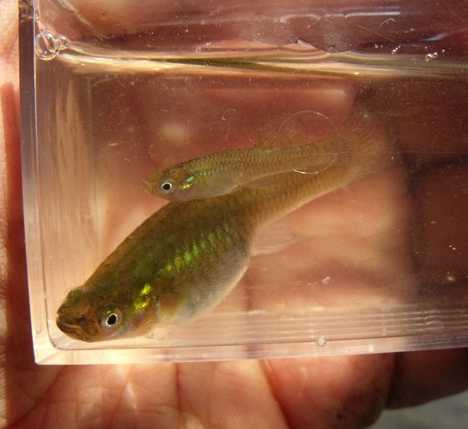
Gambusia is a large genus of fish found mainly in Mexico, Texas and the Greater Antilles. Of the approximately 40 species within the genus, Gambusia affinis and Gambusia holbrooki are perhaps the best known – they’re referred to non-taxonomically as the Western and Eastern Mosquitofish. When introduced into ponds, these aggressive fish enjoy eating mosquito eggs and larvae but there’s a downside: their hunger extends to the eggs and larvae of other, often beneficial insects and amphibians.
Dragonflies
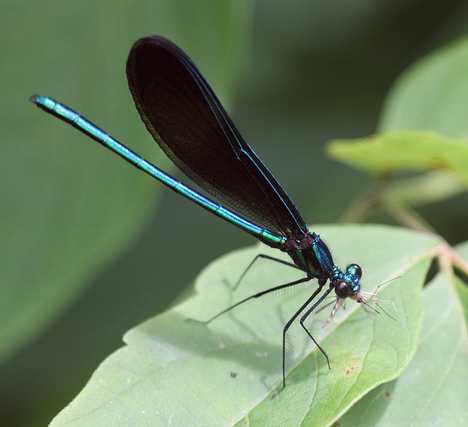
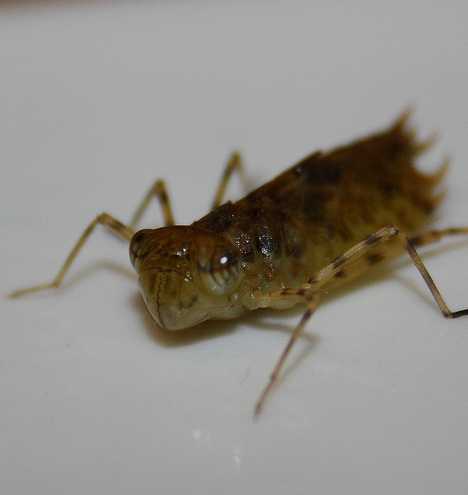
Dragonflies (and their smaller cousins, the damselflies) are the mosquito’s worst nightmare – their nymphs prey on mosquito larvae in ponds and waterways while adults snap up fully-grown mosquitoes on the wing. If your yard boasts a small pond free of fish, then encouraging dragonflies to colonize it will help keep the environs mosquito-free. Be aware, however, that purchased dragonflies are often not native to your region and introducing them could interfere with local ecosystems.
Purple Martins
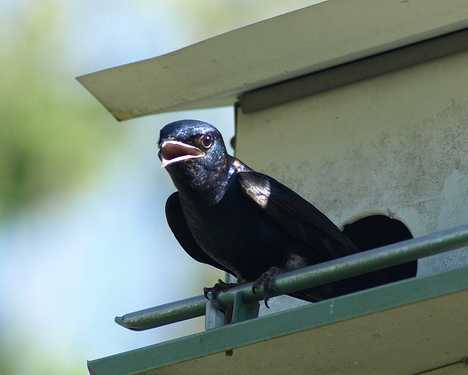
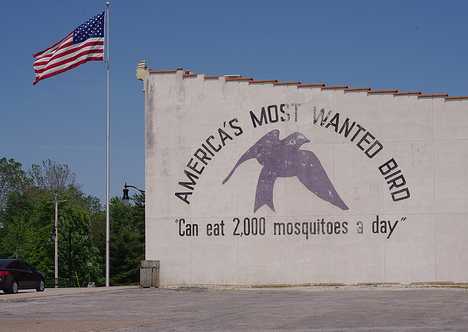

Purple Martins are North America’s largest swallow and can be found in temperate regions across the continent. Encourage these agile and acrobatic birds to make your yard their home by installing a dedicated artificial martin house or do as Native Americans have traditionally done and provide one or more hollowed-out gourds for the birds to nest in. One caveat, however, is that while Purple Martins are efficient insectivores with prodigious appetites, studies have shown that mosquitoes comprise only about one percent of their diet.
Killifish
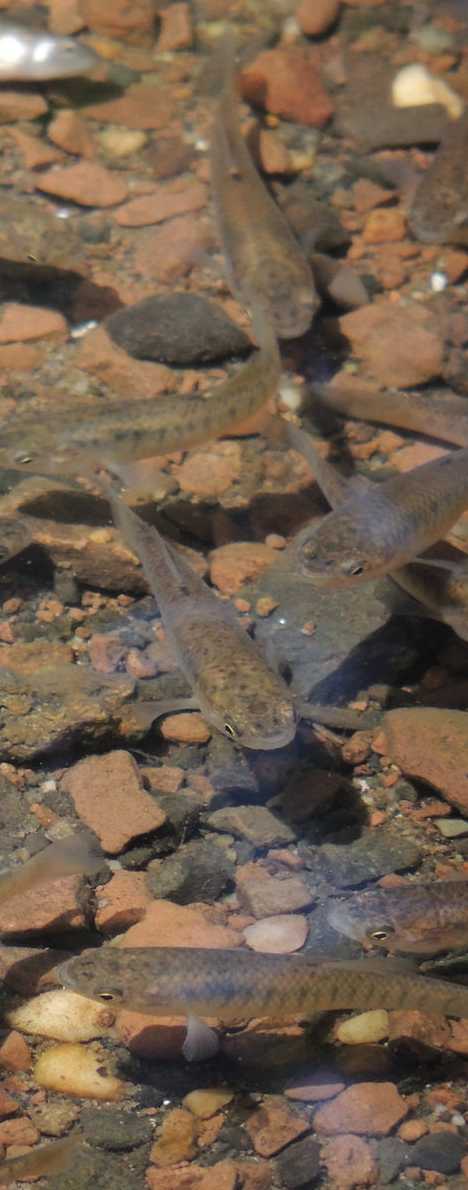
Killifish… what an awesomely descriptive name! The Banded Killifish (Fundulus diaphanus) is a species of temperate freshwater killifish native to the northeastern United States and neighboring areas of Canada. Killifish enjoy eating mosquito larvae and often travel in small schools, thus multiplying their mosquito-controlling abilities. While they prefer fresh water, killifish can also thrive in brackish standing water notorious for being the prime breeding places of mosquitoes.
Bats
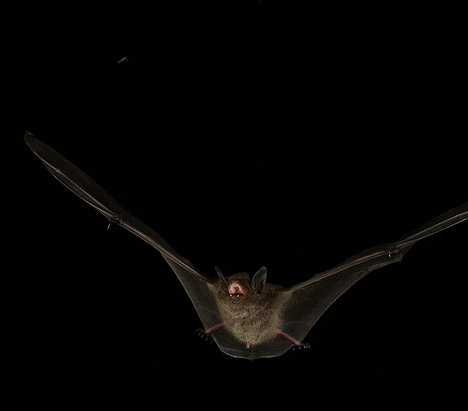
Holy calamine lotion, Batman! Our small, furry, flying friends have lost most of their scary vampire stigma and these days are seen as a beneficial creature thanks to their diet of mosquitoes and other insects. While setting up a bat house is a good thing in general, the sheer volume of bats in even a small colony should work wonders in reducing local mosquito populations. One bonus is their insectivorous diet provides gardeners with a valuable natural fertilizer, bat guano!
Anti-Mosquito Mushrooms
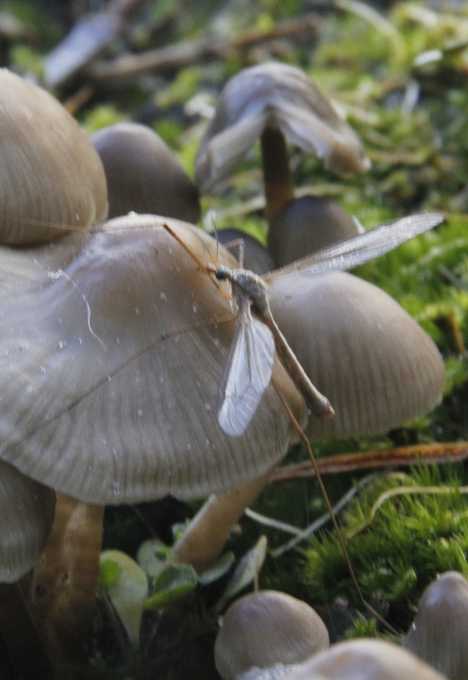
A 1981 study found that a certain type of fungi named Entomophthora culicis is toxic to most mosquitoes and other two-winged (dipteran) flying insects. The spores of this fungi act as parasites to the insects, weakening them and impairing their ability to fly and otherwise function. Though the day when we can purchase and propagate actual “anti-mosquito mushrooms” is yet to arrive, one would hope scientists and entomologists can work together to make it happen.
Elephant Mosquitoes
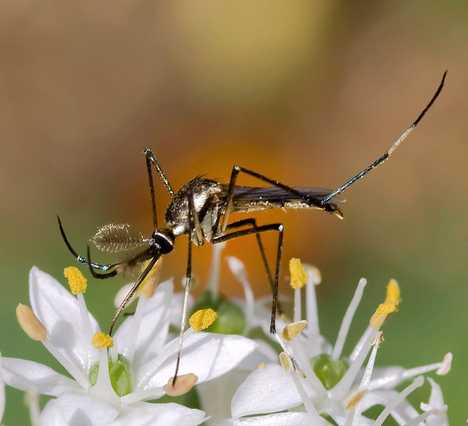
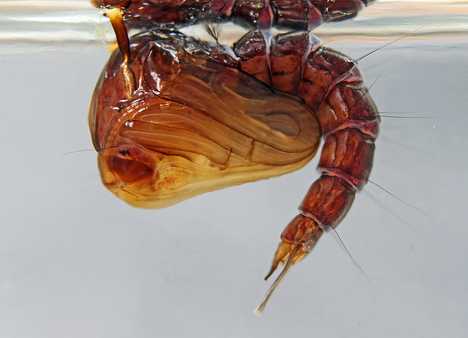
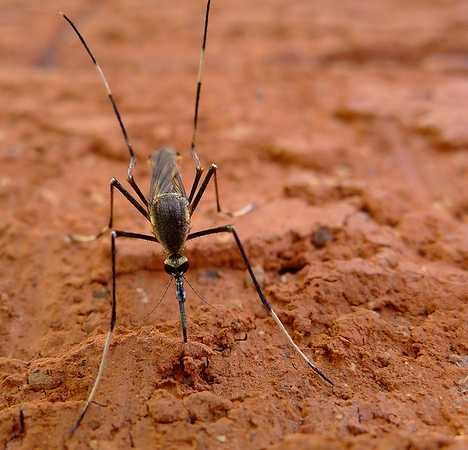
Talk about fighting fire with fire! So-called Elephant Mosquitoes of the genus Toxorhynchites are among the world’s largest mosquitoes. Thankfully they do not require blood to nurture their eggs, being vegetarian sap-suckers and nectar-eaters instead. Elephant Mosquitoes are carnivorous when in the larval stage, however, and have been seen to eat from 10 to 20 larvae of competing mosquito species per day. Your neighbors may raise an eyebrow should you tell them you’re adding Elephant Mosquito eggs to the local park pond, mind you.

